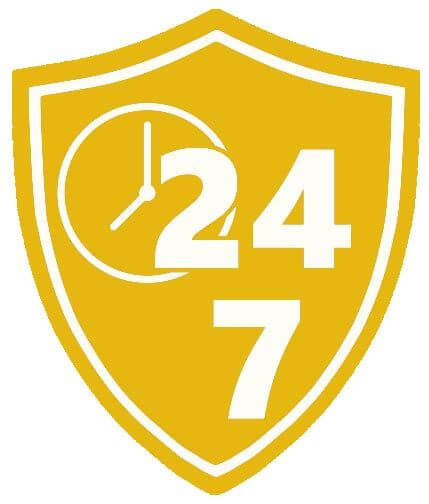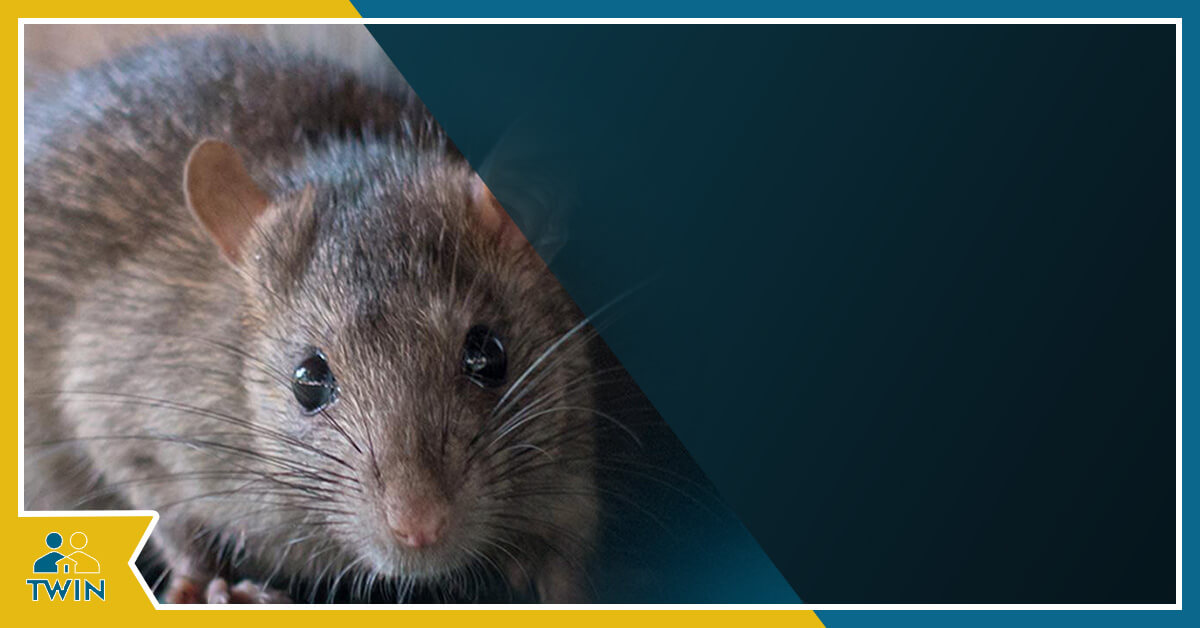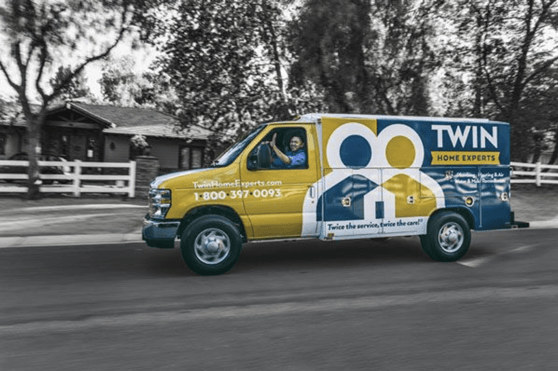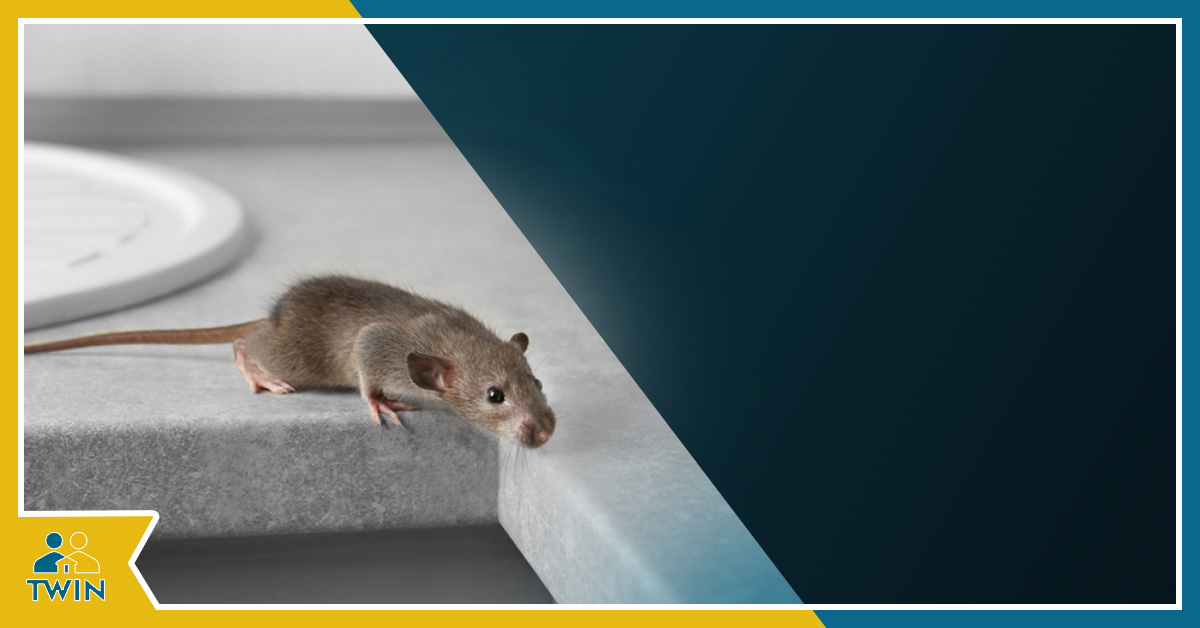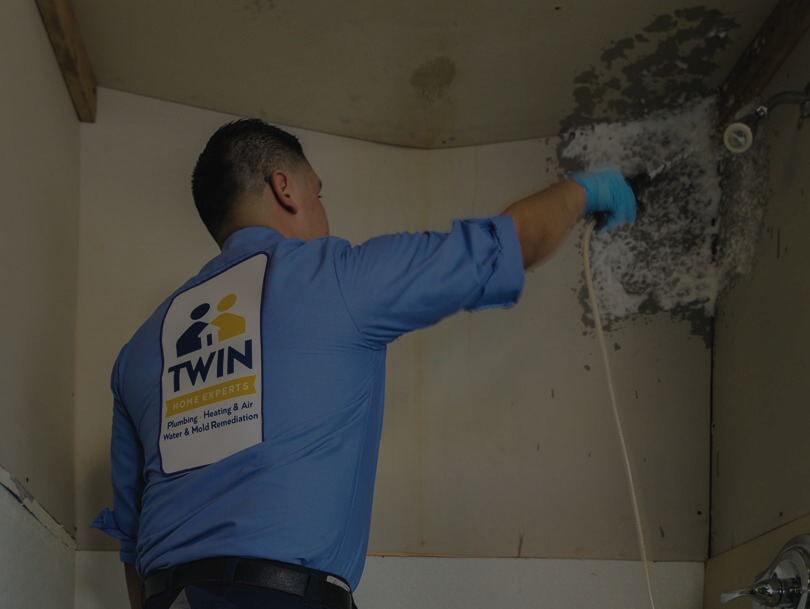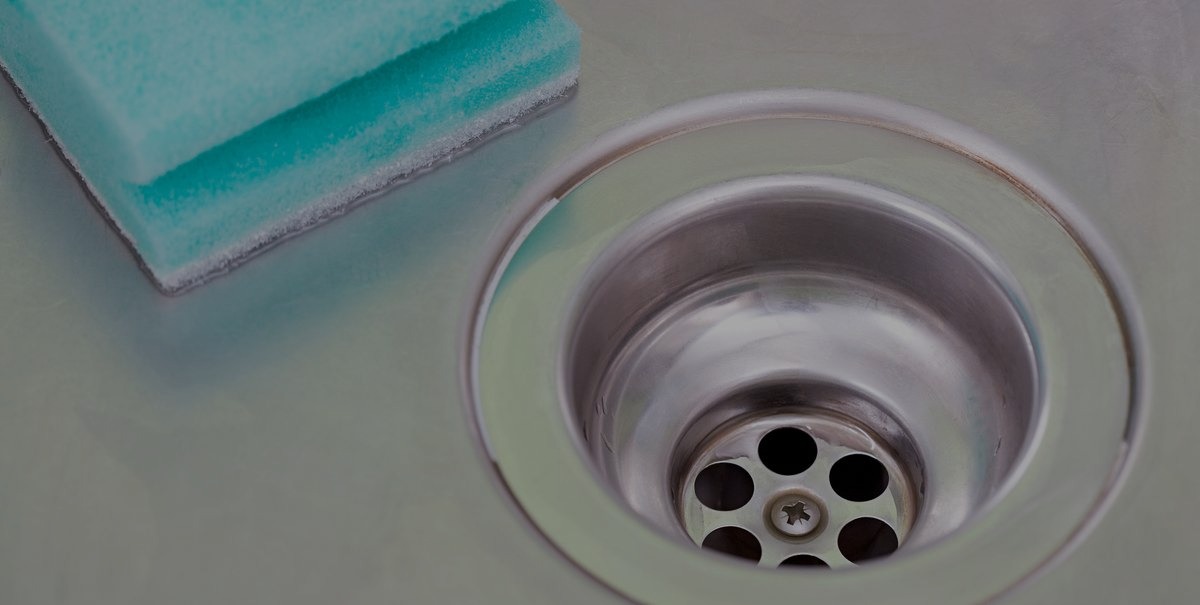First,What Is A Mold Inspection? The short answer is: “A mold inspection is when a certified mold specialist looks for mold growth in a building.” To give you a better understanding of what mold inspections should and need to include, here are important factors to consider for a Los Angeles mold inspection… Six Important Things […] The post What Is A Mold Inspection? And How Does It Work? appeared first on Twin Home Experts.
First,What Is A Mold Inspection? The short answer is: “A mold inspection is when a certified mold specialist looks for mold growth in a building.”
To give you a better understanding of what mold inspections should and need to include, here are important factors to consider for a Los Angeles mold inspection…
Six Important Things You Should Know About Mold Inspections.
Mold inspections need to be performed by a qualified,certified mold expert who has formal training and experience with mold inspections, Qualifications are crucial The twins are certified and trained by Micro, Mold Inspection,Consultingremediation Organization.
Mold inspections should look for evidence of past or current mold growth. Past mold growth may indicate a water problem which will come back when certain conditions return such as a recurring leak. Past mold growth may also cause sensitized individuals to have an allergic reaction or, conceivably, cause some individuals to start becoming sensitized to mold.
Mold inspections should look for mold within the building, and in other visible areas where mold growth is undesirable, including areas where mold growth could be causing structural issues such as wood decay in crawlspaces.
Mold growth on drywall in wall cavity.
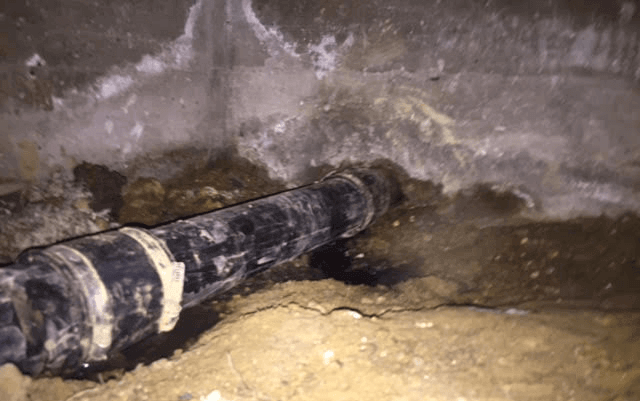
Some mold growth in buildings may be perfectly normal. For example, Ceratosystis and Ophiostomaare two molds that grow on lumber (sometimes referred to as lumber yard mold) and are frequently found growing on two by fours or other structural framing within buildings.
These molds grow on the sap of wood and stop growing once the wood has dried. Although they cause black staining on the wood, they do not cause any structural issues.
If black staining is found on wood, the mold inspector can take a sample and send it to the mold testing lab for analysis to determine if it is one of these molds.
“It is very important that the mold inspection look for sources of moisture.Water is essential for mold growth. Without a source of water, you will not have mold growth.”
Consequently, if there is mold growth, it must be associated with a source of moisture. If this source of moisture is not found and eliminated, the mold growth will return and any remediation efforts will be a waste.
The importance of looking for sources of moisture cannot be overstated and must be included.Here at the Twin Home Experts,we have a C-36 license which gives us the ability during our inspection to spot hidden plumbing leaks that could be the cause.
Pencillium in water damaged crawl space from a leaky waste pipe in studio city:
Mold inspections are a subset of investigations called “Indoor Air Quality” (IAQ) investigations. These investigations look at the broader question:
“What irritants are present in the air causing discomfort to the occupants?”
If you are having a mold inspection because you feel ill when you are in a certain building or room, you might consider whether other irritants may be causing the discomfort and include these in the investigation.
Why Would I Need A Mold Inspection?
Common reasons for mold inspections include:
If you have an allergic reaction such as a runny nose, sneezing, or itchy eyes associated with being in a certain room or building.
To verify that sources of moisture have been successfully stopped and that no residual mold growth has been left after a known water and mold problem has been fixed.
To confirm that there is not an existing moisture or mold problem associated with a new building or home that you plan to rent or purchase.
If a specific water problem resulted in mold growth in a specific area, that doesn’t necessarily mean you need a mold inspection.
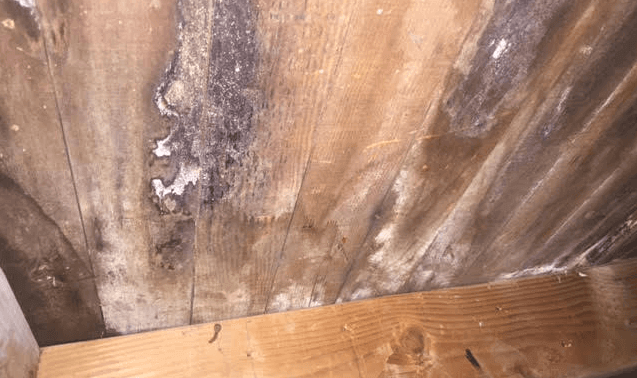
For example, if a roof leak has resulted in moldy ceiling tiles, then simply fixing the roof leak and replacing the ceiling tiles may be all that is necessary, but in order to be sure,an inspection and air test may be needed to verify.
Are Mold Inspections FREE?
We get asked that a lot here at the Twin Home Experts, and the answer is yes & no.
It’s a “yes”, when the mold is clearly or slightly visible. It’s a “No” when there is no signs at all, this is going to take our expertise and instruments to detect as well as possible lab fees. The range for mold inspection fees can range on the high side,$450.00 and on the low $89.00.
We sure hope this blog post helped answer your questions today, if your in need of more help, please feel free to contact the Twins today.
The post What Is A Mold Inspection? And How Does It Work? appeared first on Twin Home Experts.
